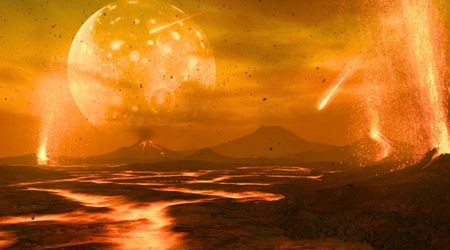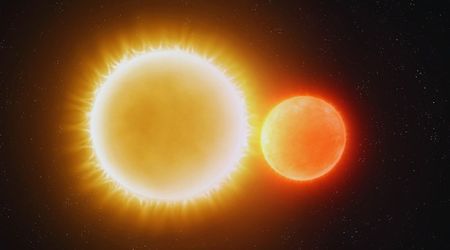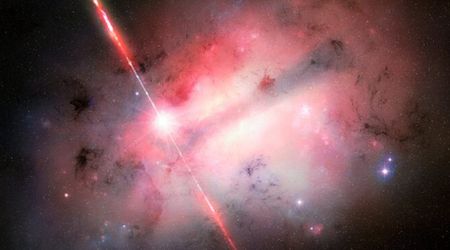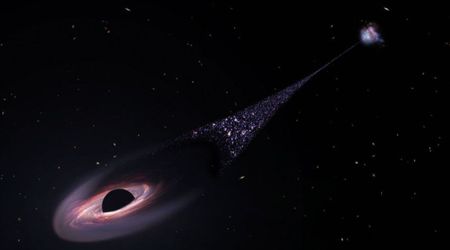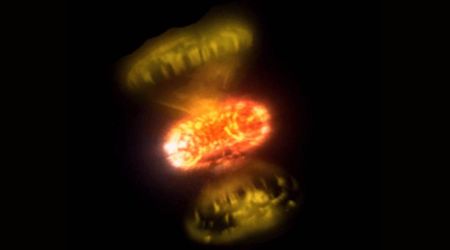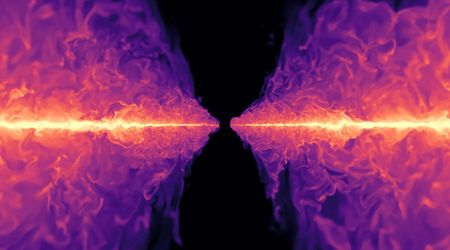Albireo

Cygnus, often informally termed the Northern Cross, represents the swan into which the god Zeus turned himself to seduce Leda, wife of the King of Sparta. On early autumn evenings, Cygnus is high overhead from mid-northern latitudes, appearing to fly south along the bright sparkling band of the Milky Way.
Because the constellation lies in the Milky Way it contains rich star fields and a wealth of open clusters visible with binoculars or small telescopes. However, the showpiece of Cygnus is not some large cluster containing hundreds of stars, but a lonely star that marks the head of the swan.
Albireo is one of the most beautiful double stars in the sky, probably the finest in the heavens for small telescopes. The two components are known as Beta Cygni A and B. A is the primary member of the system, a golden yellow or “topaz” star shining at 3rd magnitude, while B is known as the companion, a fainter 5th-magnitude star with a beautiful bluish color. The two components have a wide separation of 35 arcseconds; this means that the system can be seen separately through the smallest of telescopes, and even with good binoculars.
Albireo is noted for its superb color contrast, best seen if you put the stars slightly out of focus, or if you tap the telescope so that the image vibrates. The color effect seems to diminish in either very small or very large telescopes, or with too high a magnification. The optimum power is about 50x on a good 6-inch instrument.
Image Credits: Featured image courtesy of Kfir Simon.

Written By Emil (Night Sky Info)
Emil, an avid astronomy writer, formerly owned and ran nightskyinfo.com, making the universe more comprehensible for his readers. He has recently handed over its reins to Tom Urbain from starlust.org, ensuring that his legacy of simplifying the stars continues to enlighten and inspire.

